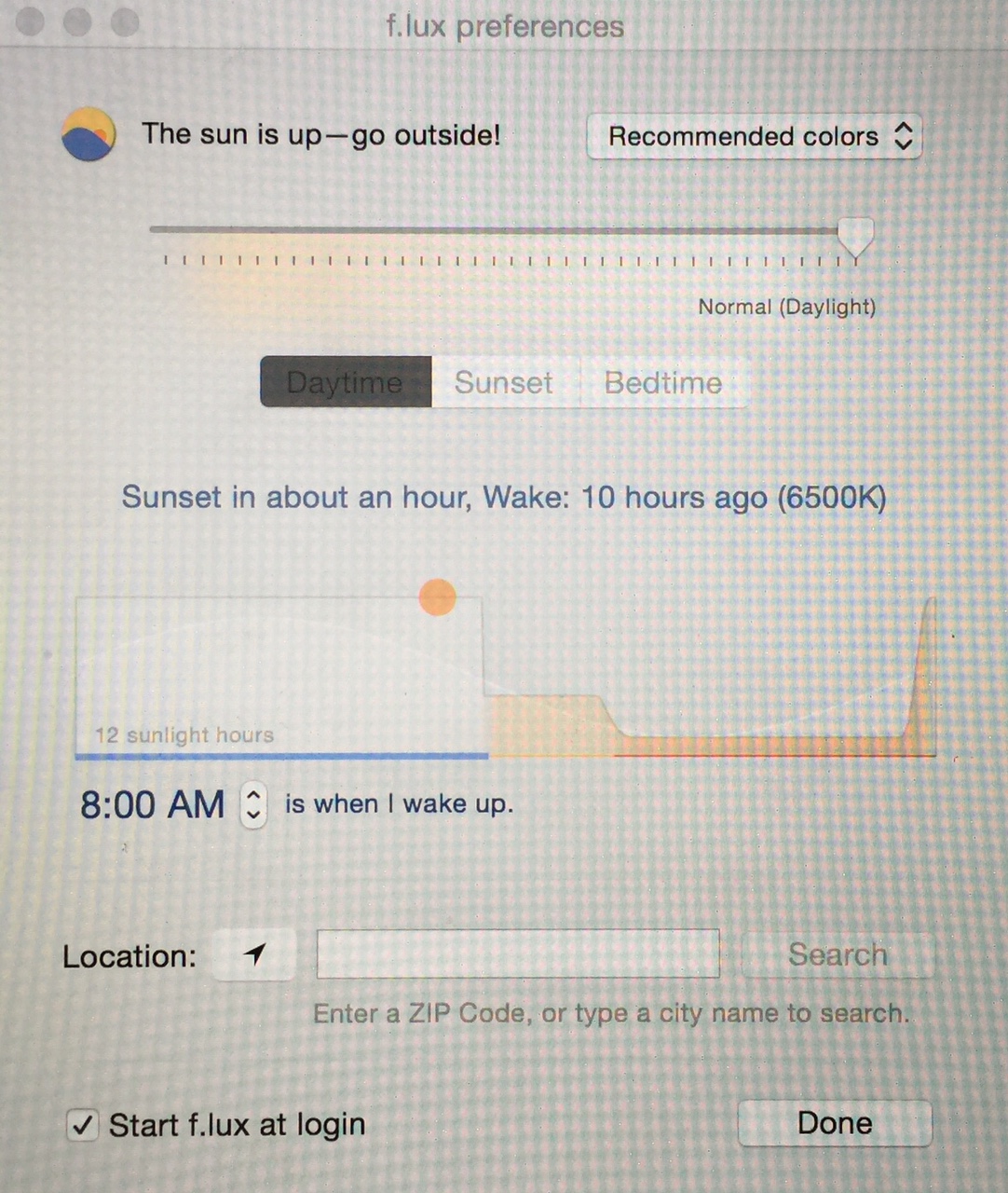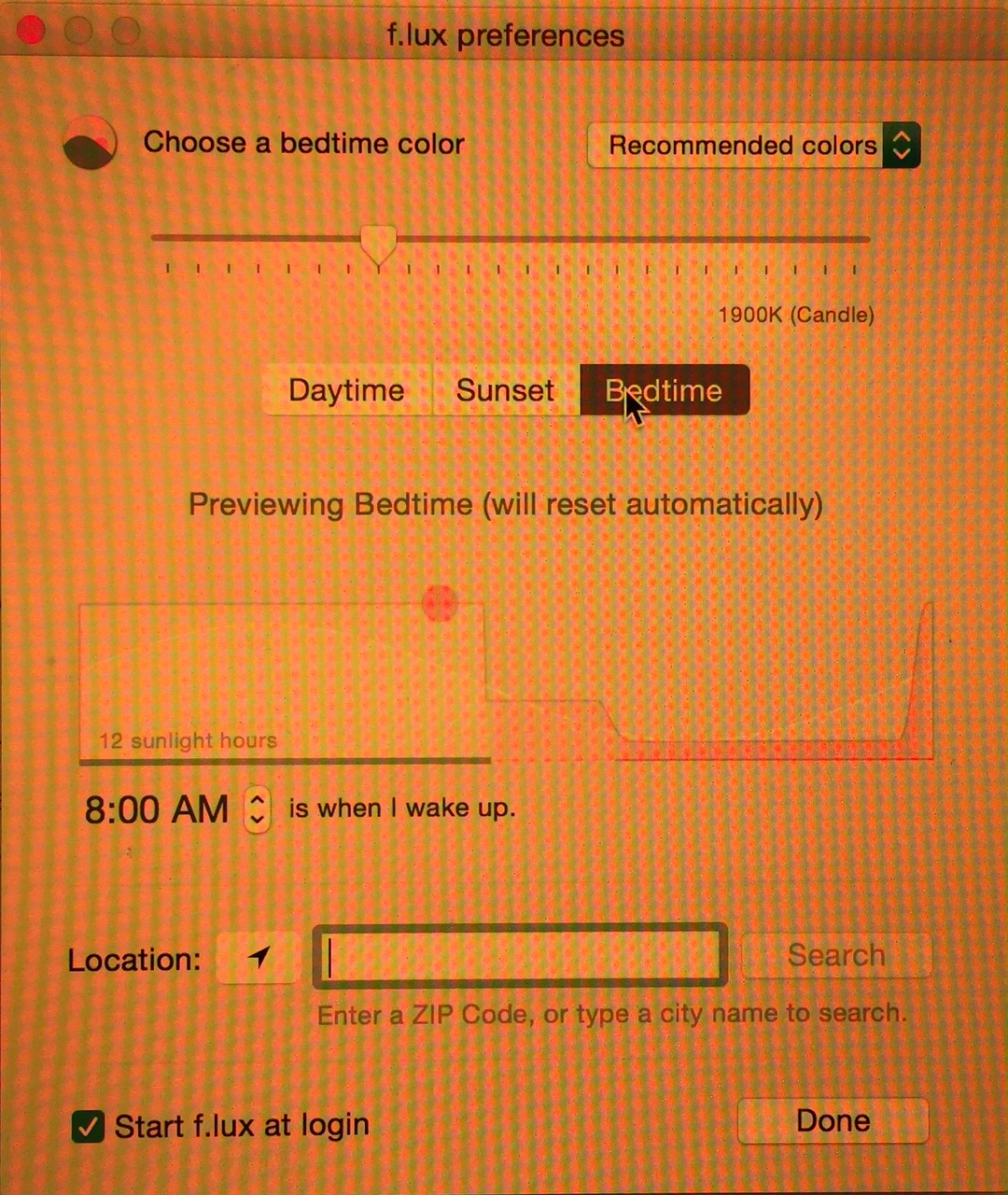It has everything to do with sleep and the amount of melatonin our body is able to produce. Here's little bit of science for you:
Melatonin, AKA 'the hormone of the dark' is a hormone that is naturally secreted by our body (the pineal gland in the brain, to be exact).
What melatonin does for our body:
- It creates the urge to fall asleep at night
- It helps regulate the other hormones in our body and maintains our body’s circadian rhythm (internal “clock”)[1]
- It helps control the timing and release of female reproductive hormones[2] which help set the pattern of the menstrual cycle
- It is a powerful free-radical scavenger and wide-spectrum antioxidant[3]
- It is useful in fighting bacterial infections, infectious disease including viral, such as HIV, and, potentially in the treatment of cancer.[4]
- It protects our body against glucocorticoid (part of the feedback mechanism in our immune system) damage[5]
As it gets later and darker, your body cranks out higher levels of melatonin. "Normally, by around 8:00 p.m., your melatonin level starts rising. They keep increasing until about 3:00 a.m., when it peaks and your body temperature happens to be at its lowest. We call that 'biological time zero’. After that, your levels drop again.” -Sanjeev Kothare, M.D.
Melatonin (blue) is produced naturally by the pineal gland (purple) at night-time indicated by light entering the eyes (left), and by the arrow showing the melatonin secretion signal sent by the optic nerve to the pineal gland once darkness has fallen. [http://www.yourhormones.info/]
While we know now that melatonin is important to our body, we also learn that its production is affected by our body’s exposure to light. That is why exposure to light at night throws our body’s body’s biological clock—the circadian rhythm—out of whack.[6]
But not all colours of light have the same effect. While they help to boost alertness and reduce fatigue during the day, blue wavelengths in particular are most disruptive at night.
DID YOU KNOW: Blue light, a short-wavelength light, has been singled out as more significantly disruptive to sleep than other colours on the light spectrum. It delays release of melatonin, disrupts circadian rhythms, and may influence negative changes to mood.[7] Recent studies also suggest that the blue end of the light spectrum may also contribute to retinal damage and possibly lead to AMD.[8]
“An eye doctor says he’s recently seen a few 35-year-old patients whose lenses, which are typically clear all the way up until around age 40, are so cloudy they resemble 75-year-olds’. A sleep doctor says kids as young as toddlers are suffering from chronic insomnia, which in turn affects their behavior and performance at school and daycare. A scientist finds that women who work night shifts are twice as likely to develop breast cancer than those who sleep at night.” – www.gigaom.com
The common denominator - nighttime blue light exposure.
http://modmom.blogspot.com/
DID YOU KNOW: Blue light is considered a “carcinogenic pollution” that in mice correlates with higher cancer rates.
So what can you do?
Some lifestyle adjustments that may help[6]:
http://www.mathmos.com/
- Use dim red lights for night lights. Red light has the least power to shift circadian rhythm and suppress melatonin.
- Expose yourself to lots of bright light during the day, which will boost your ability to sleep at night, as well as your mood and alertness during daylight.
- Avoid looking at bright screens beginning two to three hours before bed.
Smartphones, tablets, computer screens, TVs, high-efficiency lightbulbs/LEDs – they’re the culprits of blue light emission. And while it makes sense to just stay off your gadgets after sundown, it just not realistic in this day and age. What about people who have to work night shifts in front of the computer? They obviously can’t just quit their jobs to avoid the side effects of nighttime blue light exposure.
Can’t do without the gadgets at night?
No problem. If you and blue light are inseparable, all you need to do is filter the relationship with a blue-blocking lens or amber filter.
Here are some options:
1) Install an app or a program that will make the colour of your gadget’s display adapt to the time of day, giving you warmer colours at night and (most importantly) blocking the blue altogether. A free app/program you can try is f.lux, which matches the the color of your computer's display to adapt to the time of day – warm at night and like sunlight during the day.
2) Get amber-tinted glasses or PC lenses. I found this brand in Japan called Jins that sells affordable PC glasses which can cut blue light by up to 50%. You can get a PC lens package (frame + PC lens) between ¥3,900 to ¥5,900 and have the option of adding an extra ¥6,000 for prescription lenses (with power). Foreigners that spend ¥10,000 and above qualify for “tax free” benefits (save 8% on the consumption tax), but don’t forget to bring your passport along when you shop.
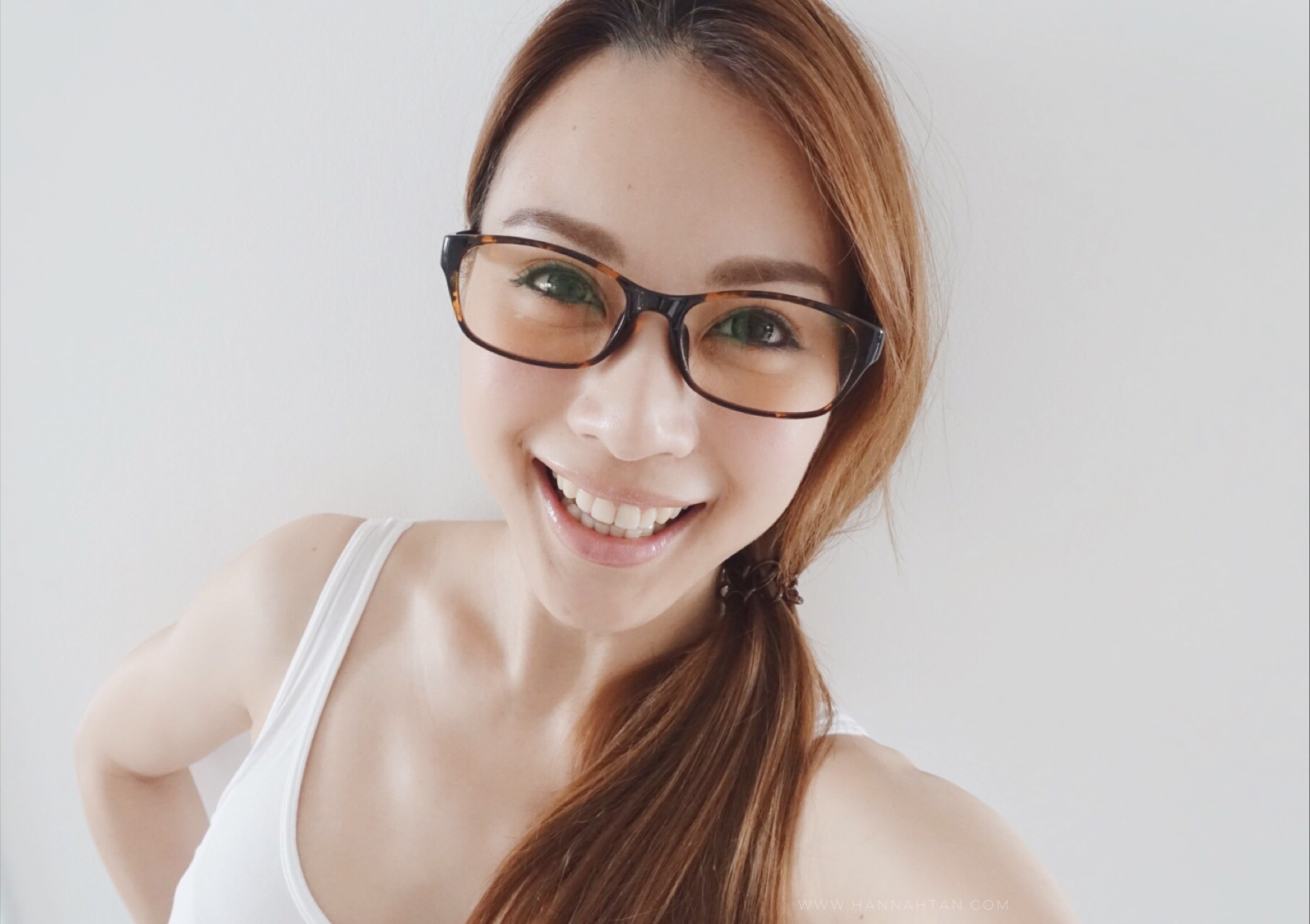
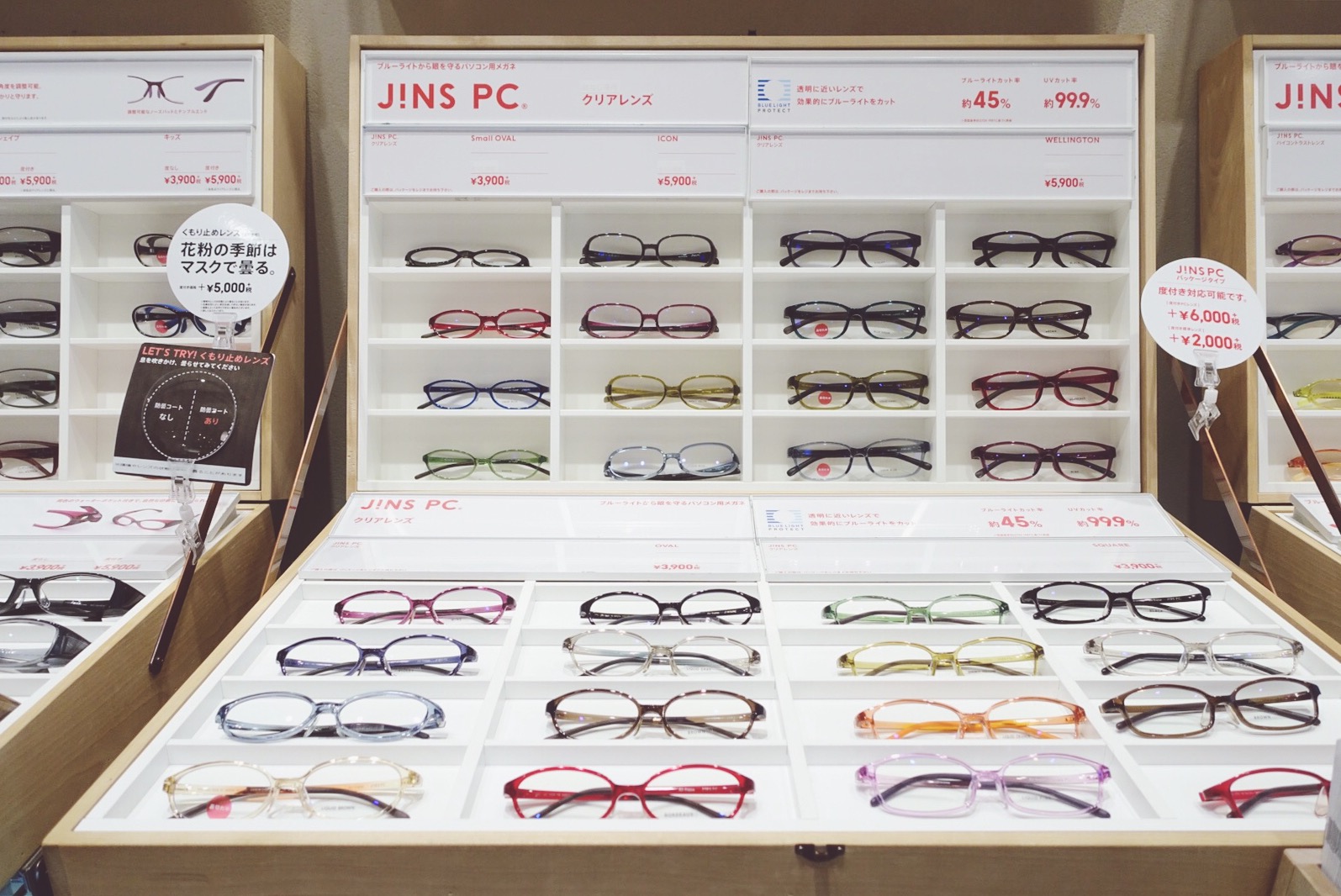
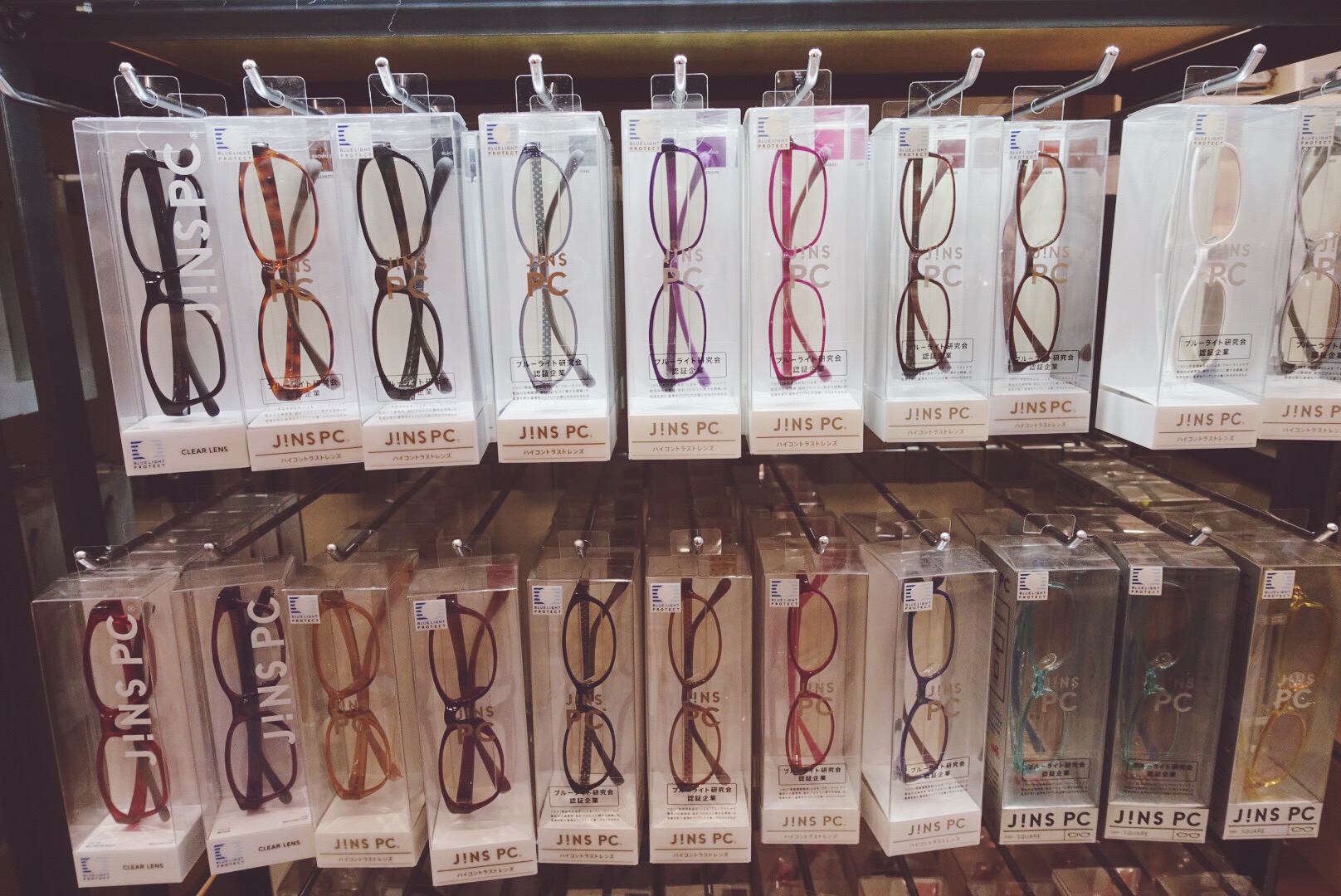
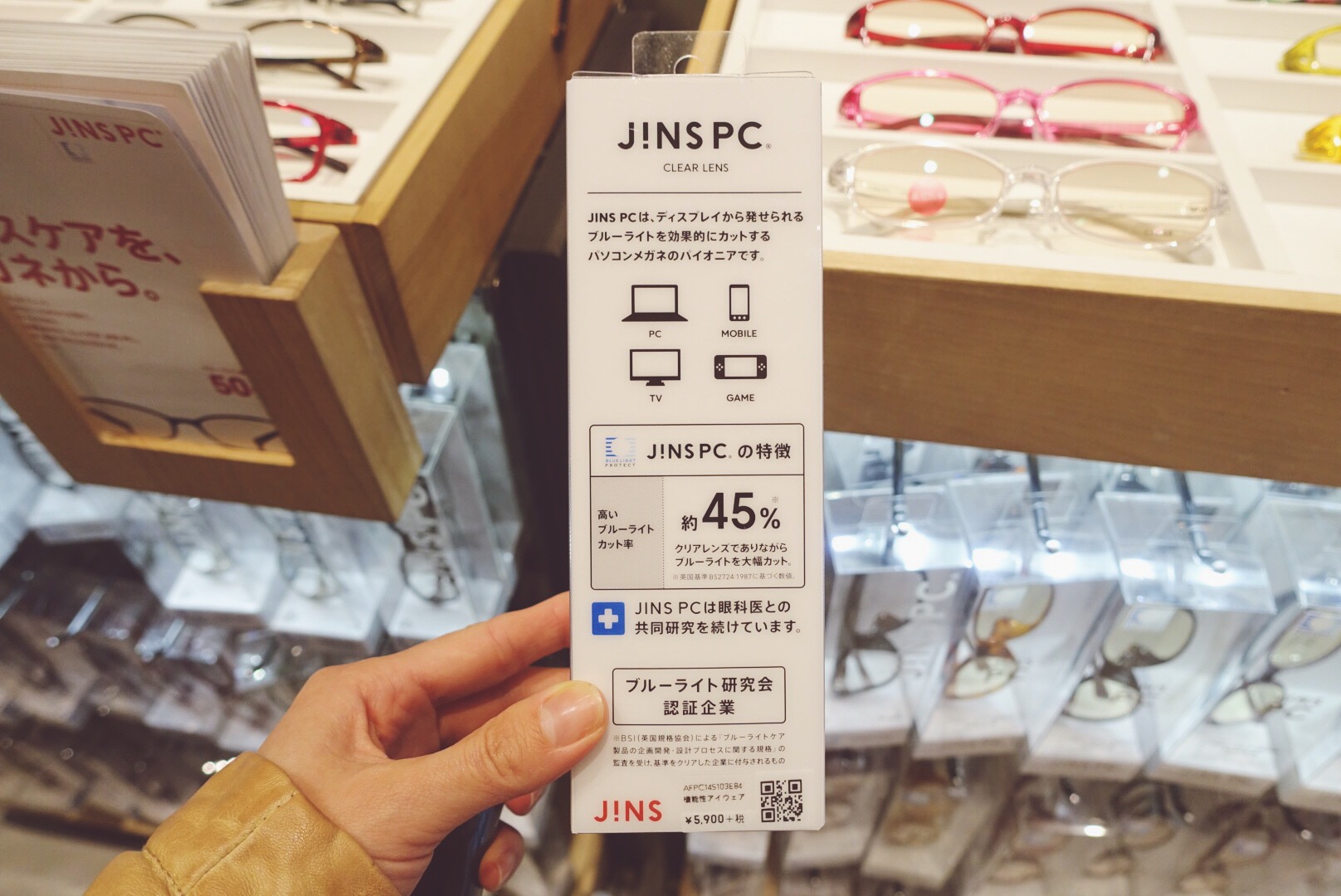
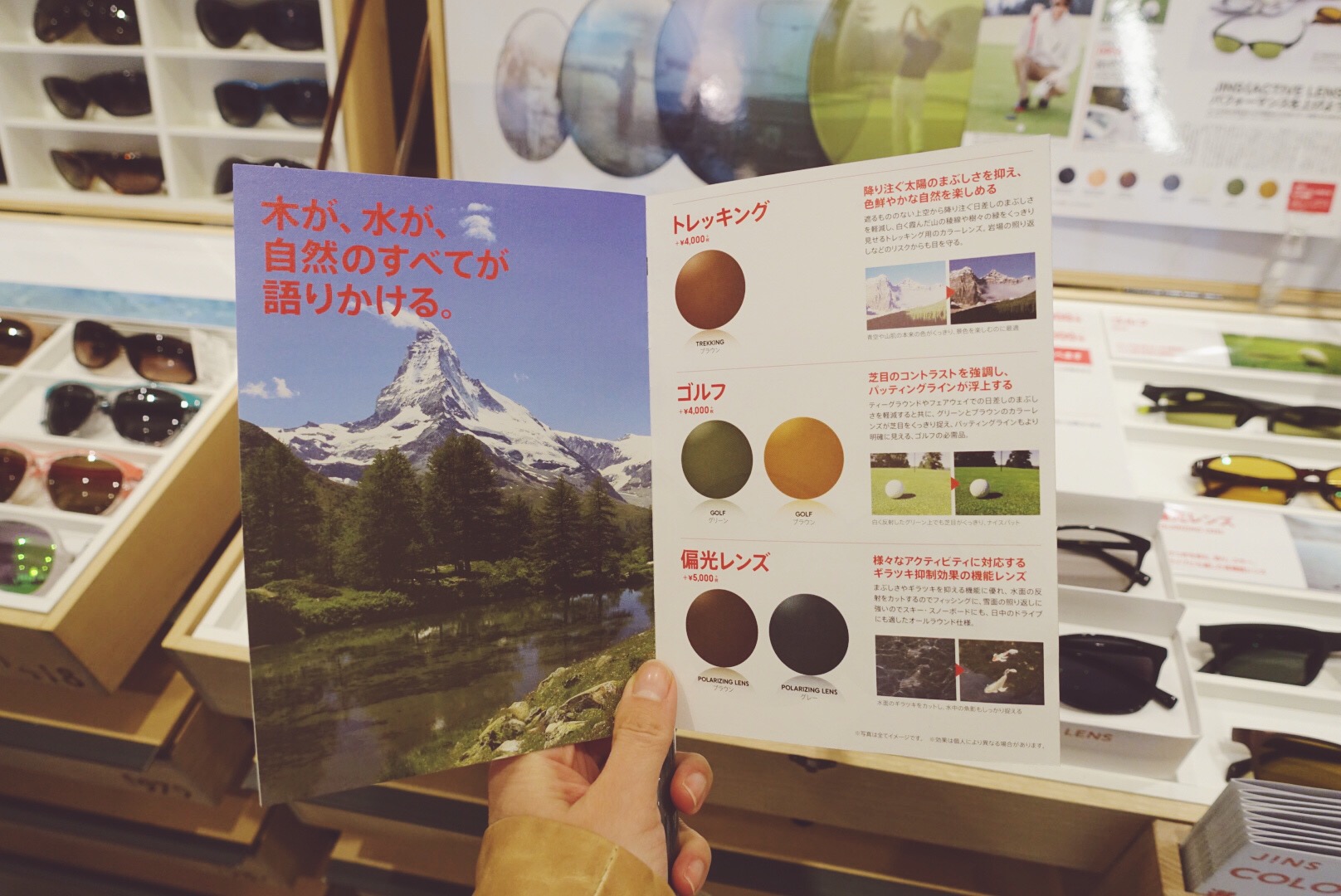
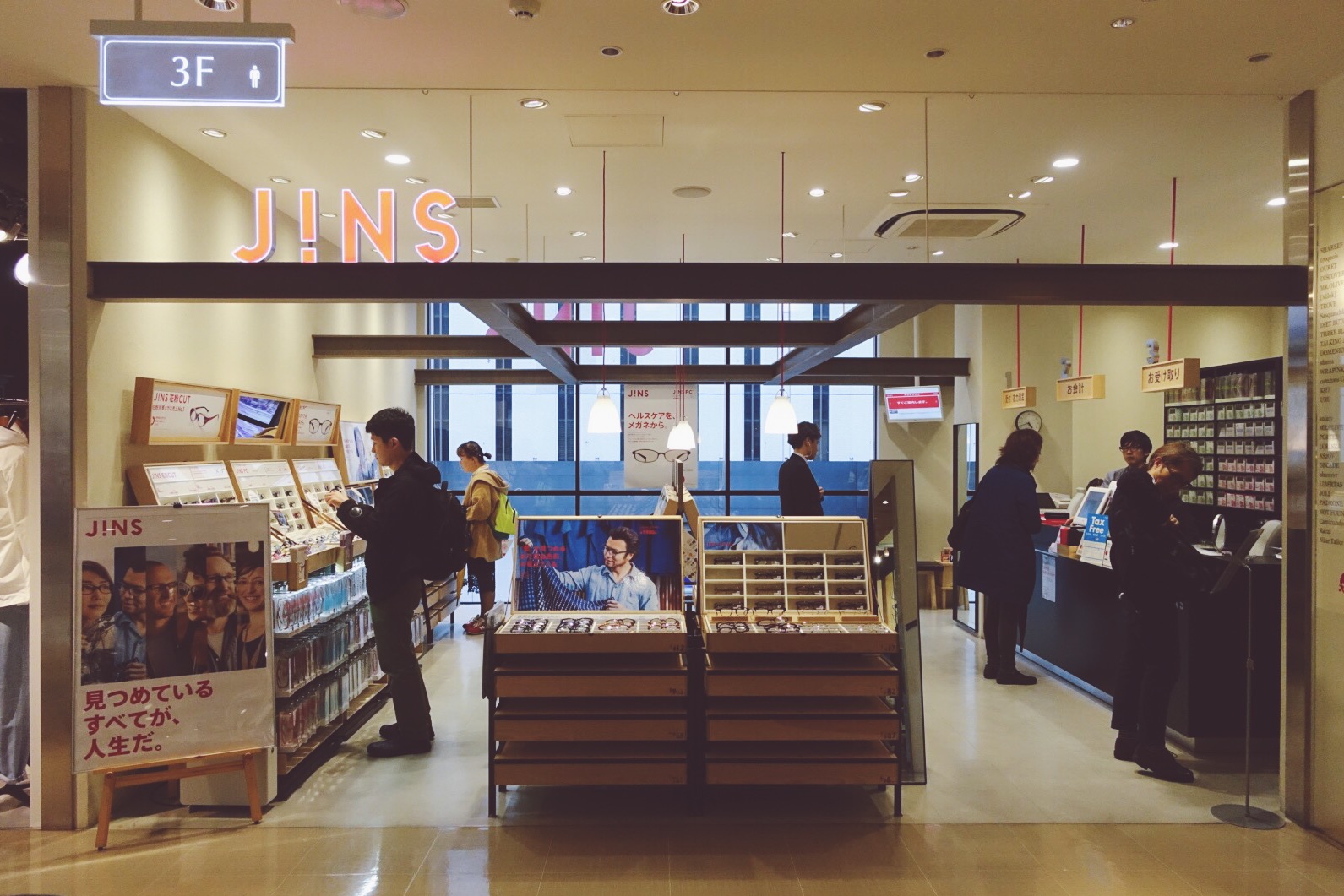
Hope this helps! :-)
STORE DETAILS
- Store Name: Jins
- Website: http://www.jins-jp.com/
- Japan Store locator: http://shop.jins-jp.com/b/jins/
References
- University of Maryland Medical Center
- http://umm.edu/health/medical/altmed/supplement/melatonin
- Tan DX, Chen LD, Poeggeler B, Manchester LC, Reiter RJ (1993) - https://docs.google.com/viewer?a=v&pid=sites&srcid=ZGVmYXVsdGRvbWFpbnxkdW54aWFudGFufGd4OjVkMjA5NGZkMzFmYjRkOTU
- Maestroni GJ - http://dx.doi.org/10.1517%2F13543784.10.3.467
- http://www.sott.net/article/233468-The-Importance-of-Melatonin
- http://www.health.harvard.edu/
- http://www.huffingtonpost.com/dr-michael-j-breus/blue-light-sleep_b_4993859.html
- https://www.macular.org/ultra-violet-and-blue-light





